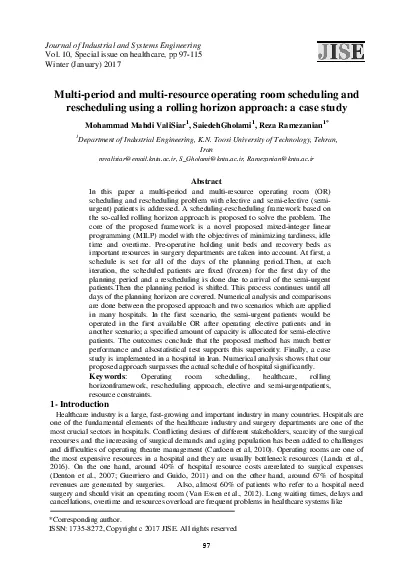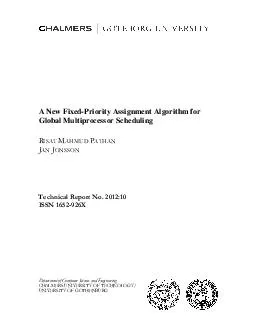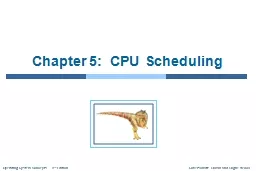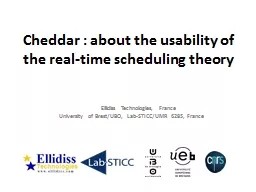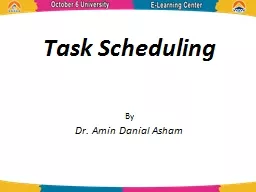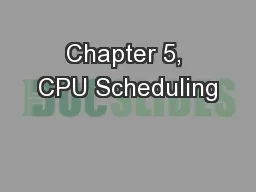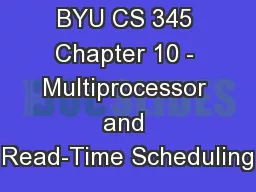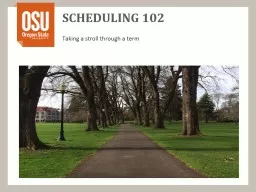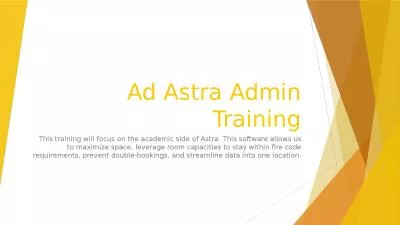PDF-Multiperiod and multiresource operating room scheduling and reschedu
Author : willow | Published Date : 2021-08-04
Journal of Industrial and Systems Engineering Vol 10 Special issue on healthcare pp 97115 Winter January 2017hospitals Hiring more personnel providing more equipment
Presentation Embed Code
Download Presentation
Download Presentation The PPT/PDF document "Multiperiod and multiresource operating ..." is the property of its rightful owner. Permission is granted to download and print the materials on this website for personal, non-commercial use only, and to display it on your personal computer provided you do not modify the materials and that you retain all copyright notices contained in the materials. By downloading content from our website, you accept the terms of this agreement.
Multiperiod and multiresource operating room scheduling and reschedu: Transcript
Download Rules Of Document
"Multiperiod and multiresource operating room scheduling and reschedu"The content belongs to its owner. You may download and print it for personal use, without modification, and keep all copyright notices. By downloading, you agree to these terms.
Related Documents

